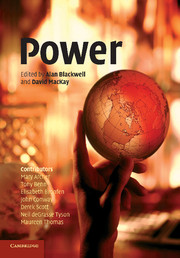4 - The power of narrative – 2-D/3-D/4-D
Published online by Cambridge University Press: 07 August 2009
Summary
Is all the world a movie, and are all the men and women in it merely players? In the twenty-first century, in the Western world and many other parts of the globe, the screen is as widespread a medium for narrative as the page was in the nineteenth, or the stage in the sixteenth century. The miniaturisation and accessibility of audiovisual equipment enables people to use moving images much as earlier generations used paper, pencil and pen to record and tell stories. In fact, there are a hundred years of history behind the development of contemporary screen language, and screen literacy is a refined art. How does it work to engage and affect us? Exemplified through close reference to movies and interactive titles from 1922 to 2002, this examination of the workings of screen narrative follows the evolution of the fictive world beyond the 2-D frame from cinema to computer screen – from 2-D to 3-D to 4-D.
Though often featuring actors playing roles, film drama is recorded and delivered through lenses, the camera representing a single viewpoint, mediating the story via an inbuilt observer, narrator or character. Film-makers thus wield the narrative powers of both novelists (who control viewpoint and narrative stance absolutely in their writing) and dramatists (who offer the interplay between characters, observable from a number of perspectives, as the vehicle for narrative) to spellbind their audiences.
- Type
- Chapter
- Information
- Power , pp. 51 - 76Publisher: Cambridge University PressPrint publication year: 2006



